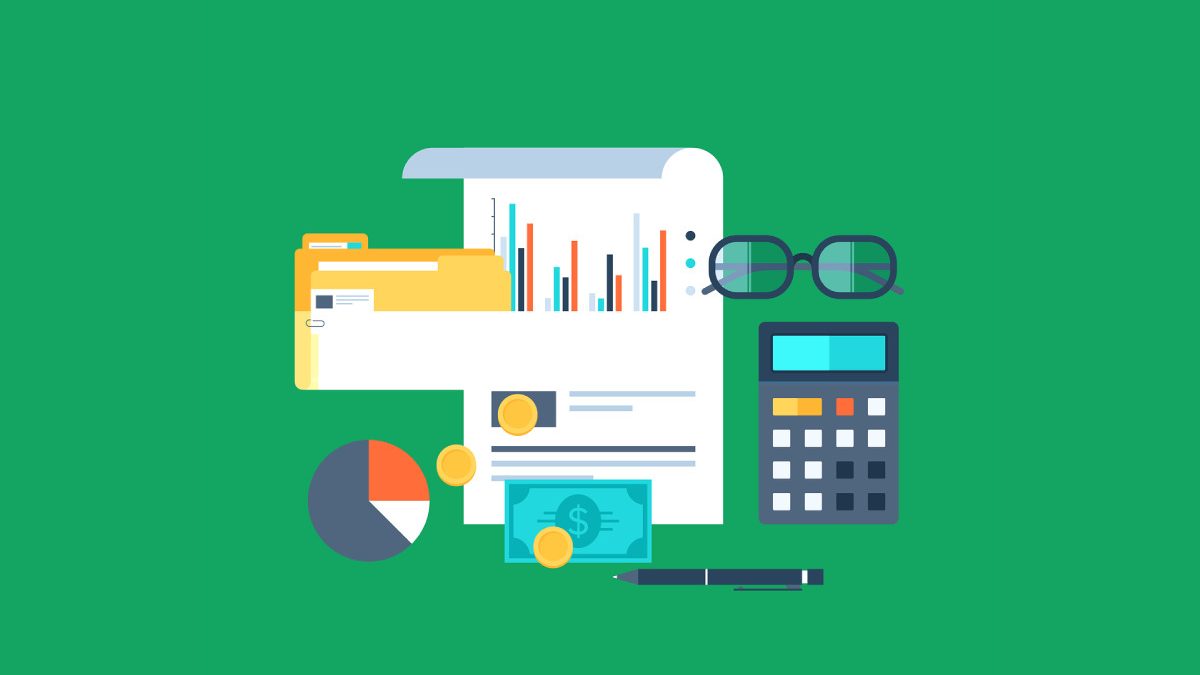The business landscape is ever-changing and has now evolved into a complex ecosystem
where a large number of transactions occur daily. Due to this development, processing large
volumes of transactions and data is no longer feasible through manual processes.
Take account reconciliation process, for example – a company having multiple departments,
each with its own daily transactions. One can only imagine the challenges the finance team
faces when reconciling such large volumes of transactions, especially if they are still using
manual methods and leveraging spreadsheets.
Automating the account reconciliation process, however, can be a fundamental solution to
tackle the challenges facing the finance teams head-on.
In the following sections, we are going to deep dive into what automated account reconciliation
is and how it is a groundbreaking solution for finance teams.
Table of Contents
What is automated account reconciliation?
As the name suggests, automated account reconciliation leverages technologies such as
artificial intelligence (AI) and machine learning (ML) to automate the reconciliation process.
Automated reconciliation software possesses the ability to reconcile multiple transactions easily
and flag any discrepancies, which in turn ensures accurate financial reporting.
Why is account reconciliation automation required?
The traditional methods of reconciliation are increasingly proving to be inefficient, especially in
the era of digital transformation. Manual account reconciliation is time consuming, tedious,
requires a lot of resources, and despite the best efforts of finance teams, can lead to erroneous
financial statements.
Considering the importance of the reconciliation process for maintaining the financial integrity of
businesses, the adoption of advanced solutions like account reconciliation software is
imperative. Employing the use of reconciliation software will undoubtedly prove to be highly
beneficial for businesses.
How does automated reconciliation software work?
Modern account reconciliation software has the capability to integrate with a business’s financial
accounts and accounting software. Basically, all the transaction data from various sources is
collected by the software. The software then uses predefined matching rules to match
transactions with external sources such as bank documents, credit card information, etc.
Any unmatched transaction is flagged by the reconciliation software so the recorded entries can
be looked into and corrected accordingly. These may include duplicate entries and missing
payments.
Advanced reconciliation software that uses ML capabilities are further able to constantly learn
and evolve over time. This means automated reconciliation software has the ability to learn from
patterns and trends it observes and improve the matching process over time.
What are the Benefits of Automated Reconciliation?
The greatest application of automation in any field is that it increases productivity and efficiency
by automating recurring tasks. Automated reconciliation does the same for finance teams. The
account reconciliation process is inherently a time-consuming task and can easily become
mundane if traditional methods are used. Automated reconciliation software, however, can
automate transaction matching, saving time for finance teams so they can allocate time to more
important tasks.
Here are the key benefits of leveraging automation software for reconciliation:
1. Enhanced data management: Automated account reconciliation software uses data
aggregation engines to integrate data from different sources, such as bank statements,
invoices, accounting software, and payment records, into a single platform, eliminating
room for errors and standardizing data formats. Automation further ensures that
companies have the most recent and accurate data available for reconciliation.
2. Improved efficiency: Automating the reconciliation process helps establish consistent
workflows to standardize the reconciliation process across multiple users, departments,
and locations. This can help ensure that all staff members are on the same page and
follow the same processes, which reduces the risk of errors or inconsistencies.
3. Better compliance and audibility: Another key benefit of automated reconciliation is
improved compliance and audibility. Automated account reconciliation software enforces
the use of standard rules and procedures for data analysis, matching, and exception
handling, helping organizations avoid penalties, and legal action and reduce risk.
4. Better anomaly detection: Automated account reconciliation solutions allow users to
handle exceptions manually or to set up rules for the automated handling of exceptions.
This helps to identify and resolve anomalies in a timely and efficient manner.
5. Reporting and analytics: Automated reconciliation solutions provide real-time reporting
and analytics capabilities. This allows users to monitor the reconciliation progress and
identify issues that require immediate attention.
Conclusion: Leveraging Account Reconciliation Software for
Digital Finance Transformation
Considering the pace at which industries are employing the use of technology to enhance their
processes, the business world seems to be moving toward complete digital transformation. In
such a scenario, it’s important for finance teams to embrace the use of automated solutions in
order to keep up. And leveraging automated account reconciliation software can help them
achieve the same.
It’s worth noting that the burden of implementing these technologies falls not just on the finance
teams but also needs to be driven by upper-level management, including CFOs. Along with
business administration, it’s the job of CFOs to drive the use of automation in the finance and
accounting industry to help companies achieve complete digital finance transformation

